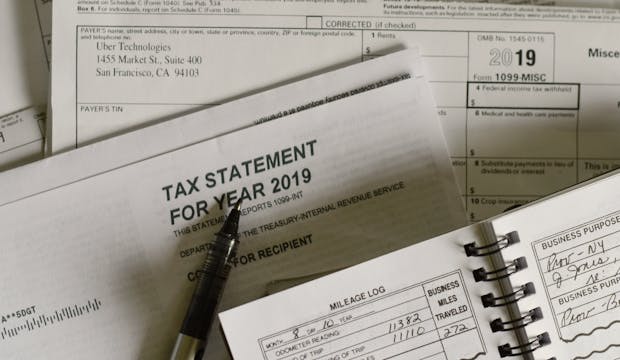5 reasons why PPF is best for income tax savings

the first thing that you should do as soon as you start earning is - saving. yes, saving is the most important part of your financial goals. if you want to have a financially comfortable post-retirement life, you must make wise investment decisions while you are still earning. your earnings will reduce after retirement, hence, you must make smart choices during your earning days to create enough corpus which can help you enjoy a tension-free life post-retirement.
when you plan to generate a retirement corpus, it is very important that your choice of investment option gives you high returns and tax exemption in order to make the most of your retirement days. Public Provident Fund (PPF) is one of the most popular long-term investment options that offer high-interest rates and is loaded with tax benefits, tax exemption, and security to capital. the interest earned as well as the returns on PPF investment are not taxable under the Income Tax.
here are the top five reasons that make PPF the best option for long-term tax-free capital gain
1. high-interest rates: the Public Provident Fund is one of the oldest investment schemes and currently offers an interest rate of 7.1 percent. so if you compare this interest rate with other investment options such as bank FDs or RDs, you would realize that PPF offers at least 1 percent higher rate of return. hence, if you want to invest in a scheme that nearly beats inflation, PPF is the right choice for you.
2. PPF can help you become a crorepati: as per the PPF investment rules, you can invest a maximum amount of ₹1.5 lakh every financial year and the minimum investment amount is ₹500 each year. so, if we assume that the current PPF interest of 7.1% remains constant throughout your investment period, you become a crorepati in 28 years by investing ₹10,000 every month. note here that out of the ₹1.054 crores that you will create through PPF investment in 28 years, around 72% will come from interest earned and you invest only ₹33.60 lakh during the investment this period. the PPF account matures in 15 years but you can extend the investment period by a block of 5 years by submitting an application to the post office or bank branch in which you have the PPF account.
3. tax-free long-term capital gain: PPF investment comes under the exempt-exempt-exempt (EEE) tax benefit category which means that interest earned on the Public Provident Fund and the maturity amount is tax-free. whereas interest earned from other investment options such as fixed deposits is fully taxable. so, if you are in the highest tax bracket, PPF can help you save a lot of tax money.
4. tax benefits under Section 80C: not only the interest earned on PPF investment is tax-free, but the PPF also offers other tax benefits under Section 80C of the Income Tax Act. for example, if you invest a sum of ₹1.5 lakhs every year in a financial year you can claim an income tax deduction. although PPF comes with a lot of advantages, the only disadvantage of this scheme is that it has a lock-in period of 15 years which is a very long term in nature. however, it gives you the flexibility to withdraw the amount after 5 years, but you have to pay an interest of 1 percent from the date of opening the PPF account.
5. partial withdrawal, loan facility: as mentioned earlier, PPF is a highly flexible investment instrument, and offers loan and partial withdrawal benefits. it can help you take care of your financial emergency requirements to some extent. you can avail loan against your PPF balance from the third year onward and from the seventh year onwards, you can be allowed to make a partial withdrawal. you can avail a loan on behalf of your PPF account between the third and sixth financial year of opening the PPF account. you can get a maximum 25 percent loan of the total amount accumulated in your PPF account by the end of the second fiscal year preceding the year in which the loan was applied for.
conclusion
now that you know the benefits of PPF investment, it's time to plan for your retirement fund. you can take the help of the CRED PPF calculator to get an estimate of how much and how long you need to be invested to generate the desired retirement fund.
use CRED PPF calculator now



